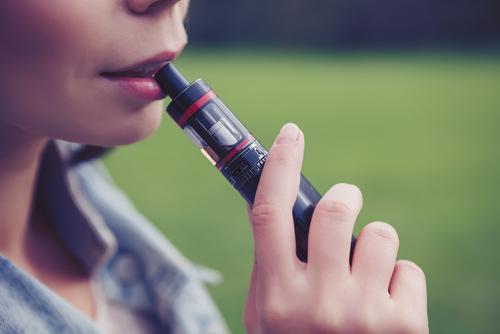It's only logical to assume that cigarette substitutes that supply nicotine (e.g. e-cigs, nicotine patches, lozenges and such) would provide less or none of the carcinogens that make inhaling cigarette smoke so deadly. But logic isn't scientific proof, so we were pleased to see the release of a study that supports that conclusion.
Led by Dr. Lion Shahab from University College, London, a group of investigators from the UK and US compared the exposure to nicotine and the products of tobacco combustion in groups of smokers and ex-smokers. Smokers included those who only smoked cigarettes, smokers who also used nicotine replacement products (NRTs), and smokers who used both regular and electronic cigarettes. Levels of nicotine and carcinogens in these groups were compared with those of former smokers who used only NRT products or only e-cigarettes.
Participants were recruited in London by ads online and in various other media. All were over 18 years of age. Current smokers were defined as those who had smoked at least 5 cigarettes per day for at least 6 months. Non-smokers were people who had stopped using cigarettes and any replacement products other than nicotine gum, patches or e-cigs for at least 6 months. Users of these types of NRT had to have used them at least weekly. Each person provided samples of urine and saliva for testing.
Analysis of the urine samples for nicotine and major metabolites such as cotinine revealed that these levels of both were similar in current vs past smokers, whether or not the participant used a single or dual source (e.g., e-cig + cigarettes vs e-cig only, vs cigarettes only). Thus the basis of the claim that either e-cigs or other types of NRT could adequately replace the nicotine derived from cigarette smoking is a sound one. Further, these results support the contention that users tend to seek a preferred level of nicotine.
The investigators also analyzed the samples for levels of toxicants and carcinogens known to be derived from cigarette smoking. These included tobacco-specific N-nitrosamines (TSNAs) metabolites, such as the carcino genic metabolite NNAL (4(methylnirosamino)-1-(3-pyridyl)-1-butanol ) as well as several volatile organic compounds (VOCs). Both groups using harm reduction products — the e-cigs or other NRTs only — had significantly lower levels of TSNAs and the VOCs when compared to those using combustible cigarettes alone or combinations of cigarettes and NRTs of cigarettes and e-cigs.These data support the hypothesis that e-cig use, like that of other NRT products, can diminish the users' exposure to the carcinogens and toxicants inhaled from combustible cigarettes.
This was not a perfect study, by any means. First, the samples were relatively small, with only 36 or 37 participants in each of the five exposure groups. Further, it was a cross-sectional study, so no information was available about any tendency for former smokers to begin smoking again. However, the data seem clear that in order to have a significantly decreased exposure to tobacco carcinogens and toxicants one cannot combine cigarette smoking with NRT or e-cig use — but it was equally clear that both types of harm reduction do, indeed, reduce harm.




